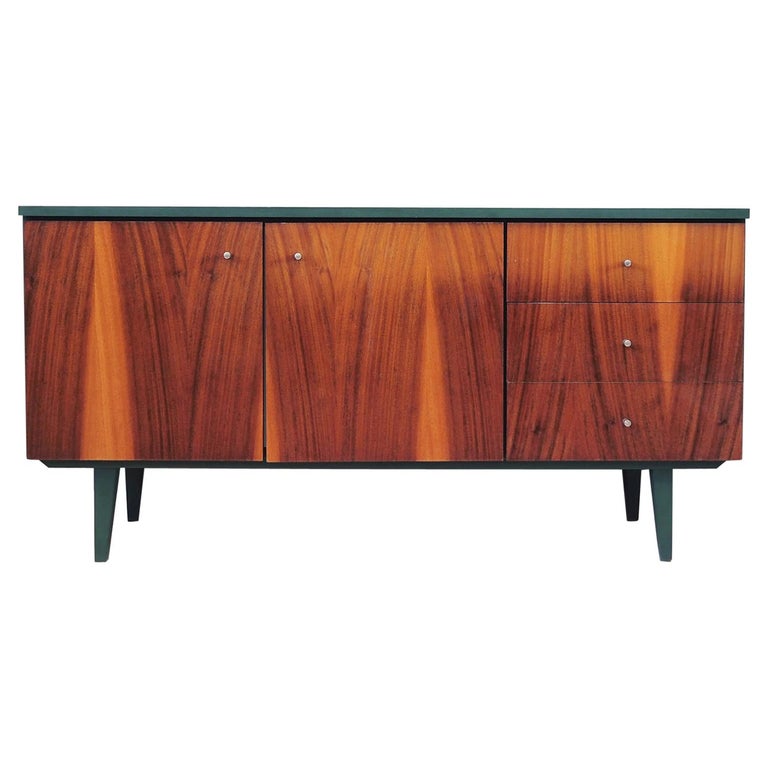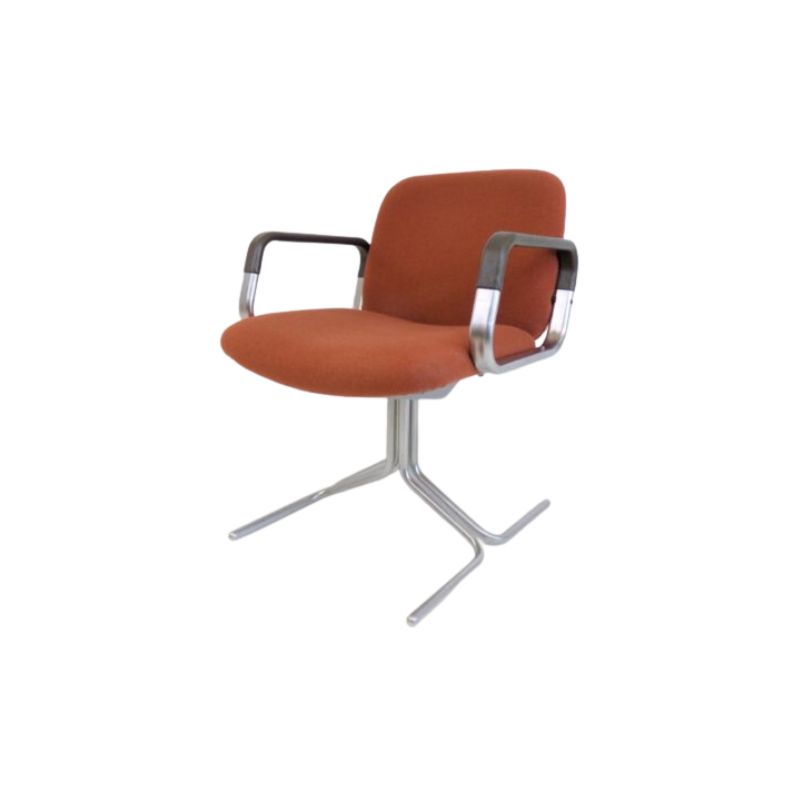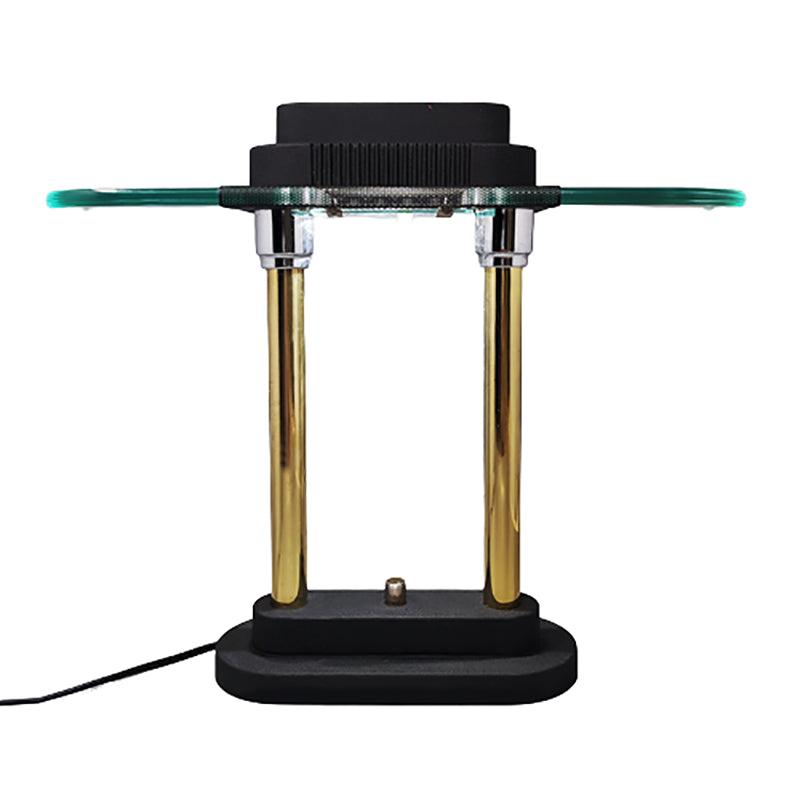Hi! I found what I believe is an Alvar Aalto table that was abused by its' former owners. It originally had a rust red linoleum top that they sloppily painted white. Then, it appears that the linoleum started bubbling up and they peeled it off. Does anyone have any suggestions on how I can restore the table myself? Is it even worth it? Should I just salvage the legs? I do not wamt to restore the table to the orginal red color, just make it useable. I live in a part of Sweden where no one really cares about Aalto furniture and these tables are relatively easy and cheap to find. This is my first time on Design Addict. Thank you for any tips/advice! (I can post more pictures when I get home from work. <img class="wpforo-default-image-attachment wpforoimg" src=" http://old.designaddict.com/sites/default/files/forum/p
<img class="wpforo-default-image-attachment wpforoimg" src=" http://old.designaddict.com/sites/default/files/forum/p 
If the linoleum is intact, it may just need surface cleaning to remove the paint (it depends on what kind of paint was applied, oil or water based).to determine what kind of cleaning the surface needs. The wood frame looks acceptable based on the images you posted. Linoleum is a natural material (not like laminates) and would respond to the cleaners/polishes that is used on regular linoleum floors.
If it does not bother you how it looks just the way it is, leave it alone and just enjoy the table for what it is, I rescued an old 3-legged stool from the dumpster of the Baker House (by Aalto) in Cambridge, MA MIT campus and I just liked the abuse it took from the former student residen(s) of that dormotory. It has so much character/history and... a soul.
I think what we're seeing here, mini, is only the remaining residue and burlap backing of the original linoleum. And I almost hate to say that I think the top is a goner. While almost nothing is impossible given the resources, I just can't see a proper restoration as worth the investment in this case.
I might think about flipping the top and applying a high-pressure laminate to the bottom side to use as a new top, marblehouse. Not accurate, of course, but it might offer an economical option until you can find an acceptable replacement.
Thank you!
@tktoo I had a feeling that flipping it around might be my only option. Do you think I need to do anything to the burlap, or I can just leave it as is?
@minimoa I will definitely use that advice in the future. Thank you!
Taking that approach, and going further, if the remianing original material can be removed, couldn't a new piece of lino be cut to fit and dropped in ? Linoleum is still made. Of course any other material about 1/8" thick would do; the beauty of this approach is that, with the least difficulty (no new holes, no paint), a close approximation of the original appearance could be achieved . . .
If you do tile, be sure to use a substrate with no flex to it. It would be very sad if you set something heavy on it or leaned on it and the grout and/or tile cracked. It doesn't take much at all for this to happen! Changes in humidity can also cause the grout to crumble if the substrate expands or contracts even a tiny bit.
I guess you could just lay tile in there loose. I'd know I'd forever be thinking about the crumbs and dust accumulating, though. But I guess that would depend on what you use it for. (Plus, I've done tons of tiling and I've never gotten used to the shock and surprise of how much better tile looks once it's grouted! It is really transformed.)
Cork, indeed. Sheet cork used to be available . . .
Indeed, almost any flooring material might be used on one sort of table or another. I can imagine a low coffee table of shag, to match the floor below; trays would make glasses, cups, etc practical. Concrete, rubber tile -- I used to draw tables of steel grating, once upon a time. Linoleum was a nice choice, by Aalto . . .
If you need any help, please contact us at – info@designaddict.com









